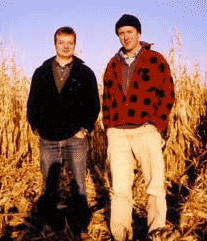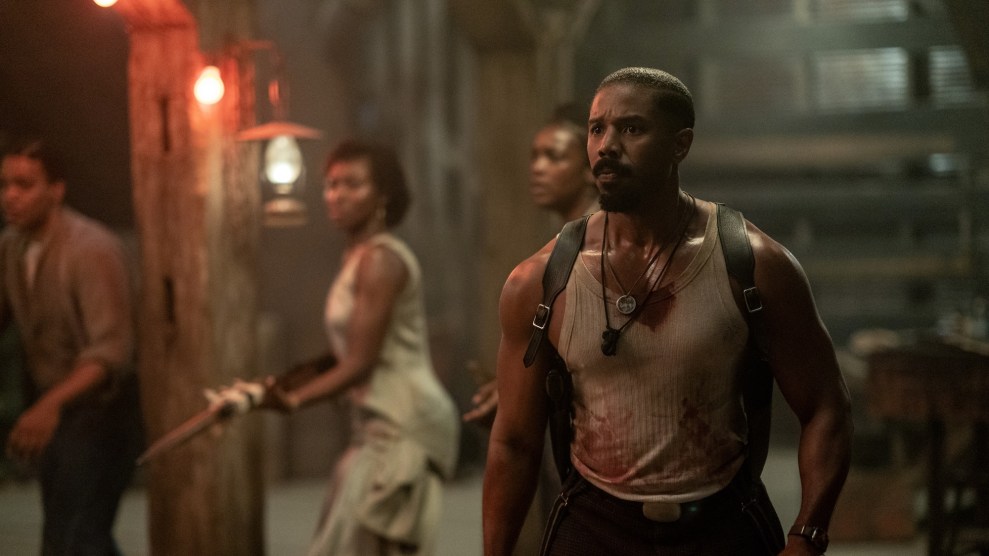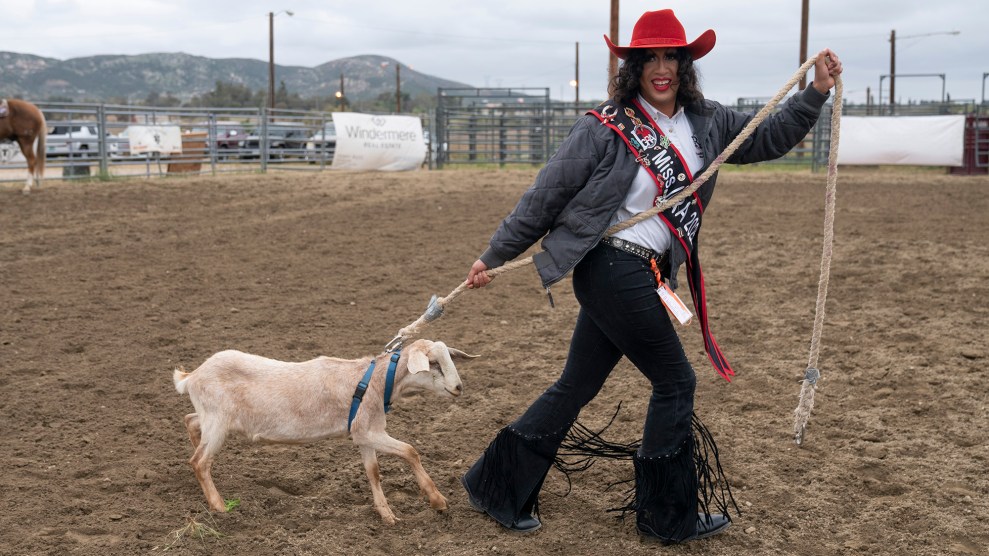
It’s not that Aaron Woolf has a vendetta against corn. Woolf’s new film King Corn, which documents the preponderance of the crop in the U.S. food system, is decidedly in favor of the hardworking farmer and his heartland gold. It’s just that these days, there’s much more to the story.
Corn on the Cob is right up there in the high-holy American diet, along with soda pop and apple pie. (Full disclosure: my mom is the undisputed 1998 Seneca Point, New York, Corn Eating Champion, with the glitter-encrusted trophy to prove it. From her, I’ve inherited a set of Chiclet-sized fore teeth as well as my authority on corn appreciation.) Yet of the 93.6 million acres of corn planted in the U.S. this year, only two million are suitable for direct consumption. The rest makes its way, after heavy processing, into our bellies and beyond as high fructose corn syrup that sweetens nearly all of our processed foods and beverages, corn-fed beef that makes our burgers, ethanol that fuels our cars, and corn starch that stiffens the paper we write on. Corn is the most-planted, most-processed, and most-subsidized crop in North America.
Woolf’s film sets out to demonstrate the tremendous stake corn holds in our health and economy by tracking two recent Yale grads to Greene, Iowa (pop. 1,015), where they plant precisely one acre of genetically modified Liberty Lake corn with assistance from the local farmers’ formidable machinery, some powerful herbicides, and a $28 government subsidy. As their crop matures in the field, the duo follows its future course in the world—to the processing plant, the feedlot, and to a diabetic cabdriver in Brooklyn with a sweet tooth for grape soda. They also drop in on Earl Butz, Nixon’s Secretary of Agriculture and the architect of U.S. farm subsidies. As the implications of the current food system mount, the guys commiserate with fellow Greene farmer Don Clikeman, who shares their concern about the corn crop: “We’re not growing quality; we’re growing crap!”
Wearing North Face jackets and Red Sox baseball caps, the pair delves into farming for the rest of us. They find out what goes into those huge concrete towers (they’re grain elevators) and how to plant more than 31,000 seeds in fewer than 18 minutes (let somebody else drive the tractor). A Fisher-Price barnyard set animates scenes of farmers’ travails and trends are charted with fat-tipped markers on newsprint.
In this wide-eyed, low-tech manner, King Corn depicts many of the compromises to American agriculture, food, and health that can be traced to corn, but it offers no solutions. Far from a hardball indictment against the system, the film is an entertaining introduction to the bumper crop. With Congress set to debate the USDA’s 2007 Farm Bill, it’s also timely. So even if you think you know all the problems, and especially if you happen to totally love corn, this movie is worth your while.
















